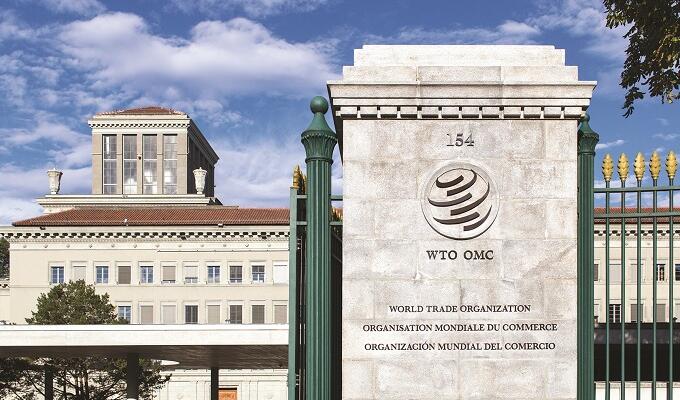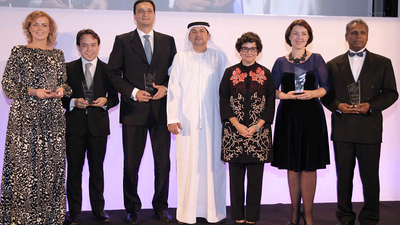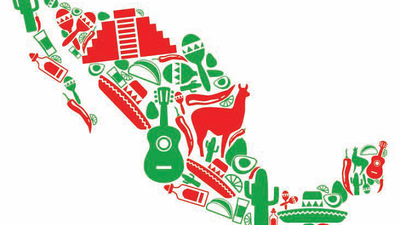
Regional trade in a multilateral world
Regional trading arrangements (RTAs) have been around for centuries and preceded the General Agreement on Tariffs and Trade (GATT), which made explicit provision for customs unions and free-trade areas. The number of RTAs notified to the World Trade Organization (WTO) has risen to more than 250 in the past 30 years, with the majority created since 1990 when the number was closer to 70.
The rapid growth of global supply chains and their extension into developing countries has spurred demand for deeper behind-the-border reforms. Many recent RTAs seek to support production networks by linking research and design, manufacturing, logistics, communications, investment, intellectual property rights, competition policy and regulatory standards. While these initiatives coexist with the multilateral trading system, they are not a substitute for it.
Expanding multilateral tradeThe multilateral, rules-based system established by GATT and continued under the WTO has had stunning success in expanding global trade while balancing the interests of its members. In the six decades since GATT was signed world exports have grown 35-fold and tariffs have dropped by 90%.
The expansion of WTO membership and the unilateral tariff reductions and provisions negotiated as part of accessions has increased liberalization. The multilateral agreement on trade facilitation agreed at the Bali Ministerial Conference in December 2013, the first update to global trade rules in 20 years, will reduce trade costs at the border for all members. Estimates suggest it will contribute to over US$1 trillion in increased exports to the global economy.
The WTO’s role is to support the development of global trade rules, monitor adherence to those rules, help resolve disputes that may arise between members, and promote the deeper integration of members – especially developing country member – into the global trading system. Overall, however, progress at the WTO in creating new rules and updating older ones has been slow.
Most empirical evidence suggests trade creation resulting from RTAs generally has greatly exceeded trade diversion, particularly when examining tariff policies. Most tariffs are already low in developed countries, so the preferential tariff access RTAs provide is generally not that great. Further, most have been unable to reduce tariffs significantly on sensitive products with the highest protection.
Mega-regional trade agreementsThe current negotiations of mega-RTAs involving large players – for example, the Regional Comprehensive Economic Partnership, the Trans Pacific Partnership and the Transatlantic Trade and Investment Partnership – introduce new elements into the trade creations-trade diversion debate.
These mega-regionals are pursuing convergence in policy and regulatory environments among the partners, behind-theborder efforts often referred to as WTO-plus or WTO beyond. When they result in outcomes that are non-discriminatory - either because they are applied multilaterally or because any discriminatory elements are difficult to enforce - the mega-regionals can advance multilateralism.
Take, for example, access commitments in investment and regulatory coherence. It is very difficult to create effective mechanisms to limit the application of commitments in these areas to just the member countries and thus non-partners are likely to benefit as well. Consider the European Union (EU) common market initiative, which essentially allowed increased access for non-members if they met EU standards.
If non-member countries can demonstrate meeting the same commitment level, it is difficult to exclude them from benefiting. In addition, where mega-regionals build on core WTO disciplines such as in sanitary and phytosanitary measures or technical barriers to trade, the outcomes are likely to be a treatment consistent with most-favored-nation status, allowing nonpartners to benefit.
Experimentation in approaches to updating trade rules can be beneficial to the global economy if accompanied by learning and adaptation over time and incorporation of the broad range of member needs and priorities. By contrast, a fragmentation of international trade rules, resulting from uncoordinated and haphazard efforts to update and extend them, could undermine the WTO’s role in developing, monitoring and enforcing trade rules and in promoting global economic integration, particularly for smaller countries outside the megaregionals.
We must ensure that these megaregionals continue to build momentum to broader liberation and work well with the multilateral trade system. In this regard it is important to make use of existing mechanisms within the WTO. Its committees and bodies provide excellent venues for RTA partners to share their experience and learning with WTO-plus disciplines and for non-partners to raise concerns about an RTA’s impact on exports.
In addition, we must sharpen our empirical skills for assessing the impacts of behindthe- border measures and for measuring trade diversion and trade creation from RTAs.
Above all, we must be committed to the difficult work of updating and expanding WTO rules.






